By Norma Ortiz:
Filing a bankruptcy case has long been used by businesses to stop creditor actions and give them the opportunity to reduce and restructure their debt. Chapter 11 bankruptcy cases have been the only option for businesses that want to keep operating. In most instances, Chapter 11 cases rely on the use of a payment plan to repay creditors over a period of time to successfully complete the case.
But there are a lot of challenges facing a small business when trying to use Chapter 11 to reorganize their business.
- First, the law was really written to accommodate large corporations. As a result, it is complex and costly to undergo the process.
- Second, unless everyone is paid in full, creditors have to vote to accept or reject the payment plan. If the plan doesn’t get enough votes, or is rejected by too many creditors, the Chapter 11 case fails and the business is stuck with the debt.
- Finally, the business must pay all debt that has accrued after the bankruptcy case is filed before the plan can be approved by the court. Since professional fees can be large in these cases, this requirement can stop a plan from being approved.
There was a change in the law a few years ago that modified some of the rules to streamline the process for small businesses. But those changes did not make a huge difference for businesses: they still needed votes, they still needed to pay all accrued fees and expenses before the plan could be approved, and it was still complicated to go through the process.
Fortunately, in February 2020, a new type of Chapter 11 case was approved by Congress. It looks very different than the traditional Chapter 11 case.
On August 23, 2019, President Donald Trump signed into law the Small Business Reorganization Act of 2019, which took effect in February 2020. The law creates a new Subchapter V under Chapter 11 of the US Bankruptcy Code. On our website you will find an article dedicated to this new section.
- First, NO MORE VOTING! The new law eliminates the voting process. That means that a business no longer needs to spend months of time and lots of professional fees before learning if its payment plan will be approved.
- Second, UNPAID FEES AND OTHER DEBT CAN BE PAID THROUGH THE PLAN OVER TIME. The business will no longer be forced to ensure that all of the debt it incurred after the bankruptcy case was filed must be paid in full before the plan is approved.
- Finally, IT SHOULD BE LESS EXPENSIVE TO USE THIS TYPE OF CHAPTER 11 CASE BECAUSE THE PROCESS IS SHORTER AND LESS COMPLEX.
If you would like more information, you can schedule a free consultation or contact us, We would love to answer any questions you have or share more information with you.


